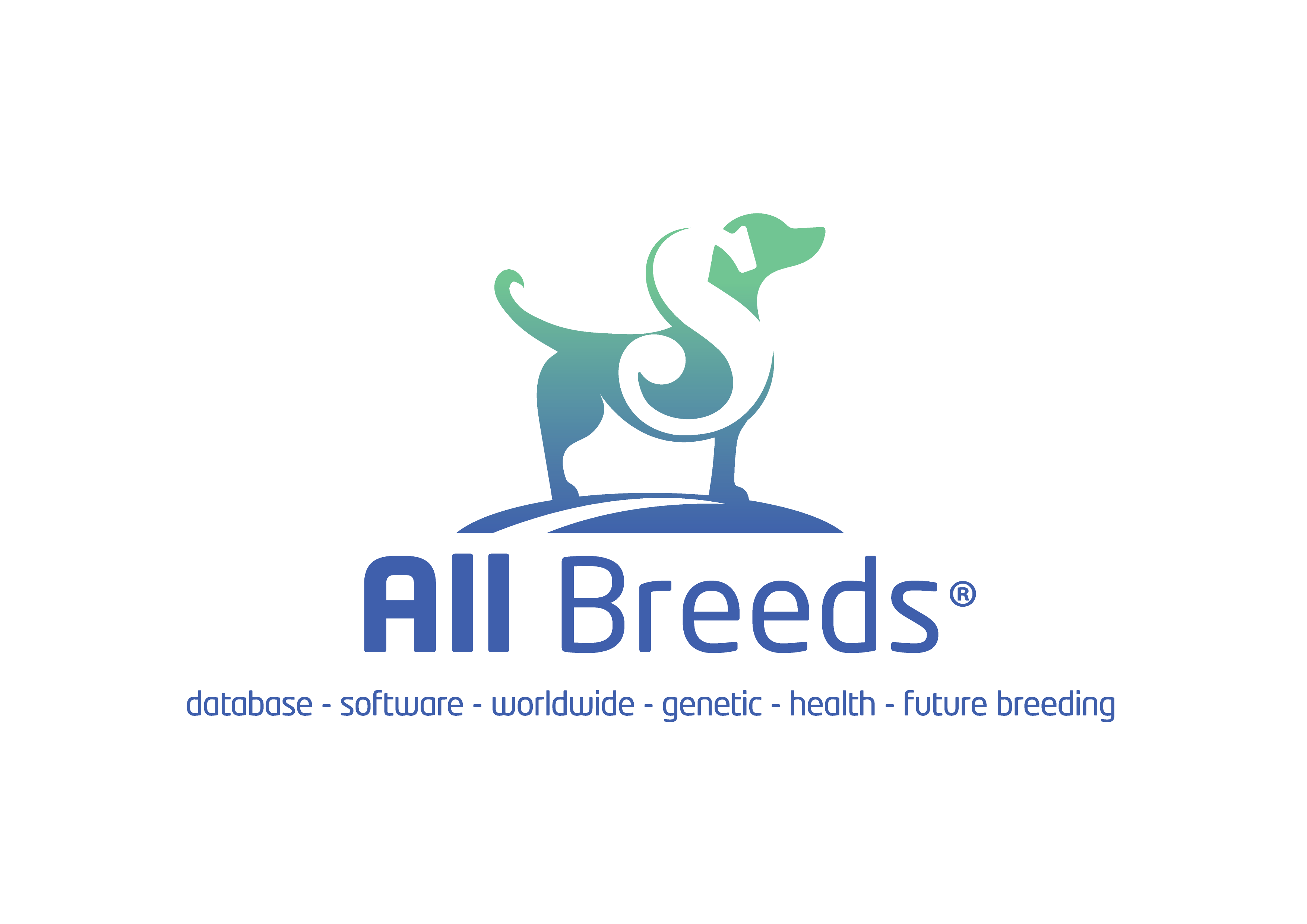The Role of Canine Size Inheritance Genetics in Dog Breeding
Dog breeding is an intricate combination of art and science, where breeders aim to produce dogs with certain desirable traits. One important aspect of dog breeding is the inheritance of canine size genetics. The size of a dog can have significant implications for its overall health, temperament, and suitability for different lifestyles. Understanding and manipulating canine size inheritance genetics is crucial for breeders to produce dogs of the desired size and maintain breed standards.
The Influence of Canine Size Inheritance Genetics on the Art and Science of Dog Breeding
Canine size inheritance genetics play a pivotal role in dog breeding. The size of a dog is determined by a complex interplay of genetic factors passed down from its parents. Smaller breeds typically have fewer health issues related to size, while larger breeds may be prone to joint problems and shorter lifespans. By understanding the genetic basis of size inheritance, breeders can make informed decisions to produce dogs with the desired size that also maintain good health.
Breeders consider a range of genetic factors when planning their breeding programs. These factors include the size of the parents, the size of their ancestors, and the presence or absence of specific genes that influence size. By carefully selecting mate pairs with complementary size genetics, breeders can increase the likelihood of producing puppies with the desired size. This requires a deep understanding of the complex inheritance patterns of size genes, which can vary between breeds.
The All Breeds database will help you with the prediction
In the quest for creating predictable size outcomes, breeders can benefit immensely from resources such as the All Breeds database. This comprehensive database provides invaluable information about the size genetics of various dog breeds. With this tool, breeders can analyze the average size of different breeds, study the size trends within specific lineages, and make more informed decisions about mating pairs.
By utilizing the All Breeds database, breeders can predict the potential size range of puppies, identify possible size-related health risks, and work towards maintaining breed standards. This valuable resource empowers breeders to make data-driven decisions, reduce the risk of producing undesirable size outcomes, and improve the overall quality of their breeding programs.
In conclusion, the role of canine size inheritance genetics in dog breeding cannot be overstated. It is a vital aspect of ensuring the health, temperament, and suitability of dogs for different lifestyles. Through a deep understanding of the complex interplay of size genes, breeders can make informed decisions about mating pairs to produce puppies with the desired size characteristics. The availability of resources like the All Breeds database further aids breeders in predicting size outcomes, identifying health risks, and maintaining breed standards. Ultimately, by harnessing the power of size inheritance genetics, breeders can continue to shape and improve the dog breeds we know and love.


